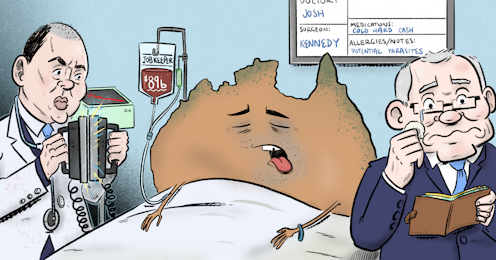
 Hashtag.net.au
Hashtag.net.au
For many people, dental anxiety isn’t just a minor worry — it’s a barrier that keeps them from getting the care they need. The sound of drills, the sterile scent, or even a simple check-up can cause h...

 Hashtag.net.au
Hashtag.net.au
Getting a restful night's sleep is essential for overall health and well-being. For many, external noises—be it a snoring partner, traffic, or noisy neighbors—can disrupt sleep patterns. One effective...

 Hashtag.net.au
Hashtag.net.au
Adolescence is often described as a turbulent period of life. Hormonal changes, social pressures, academic stress, and the search for identity all combine to make the teenage years emotionally inten...






